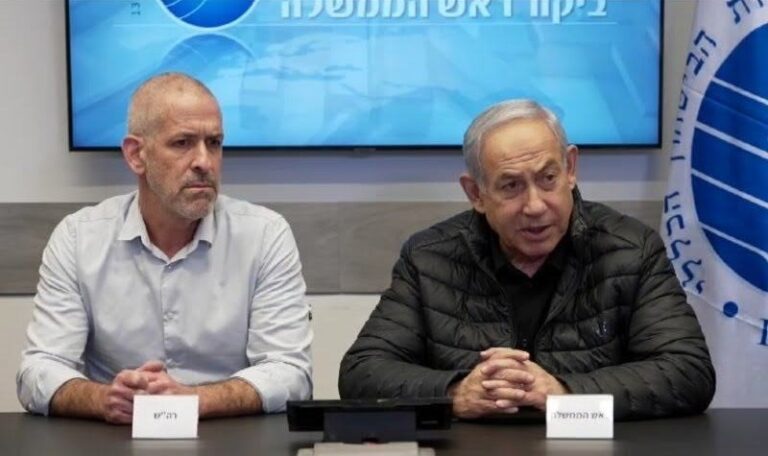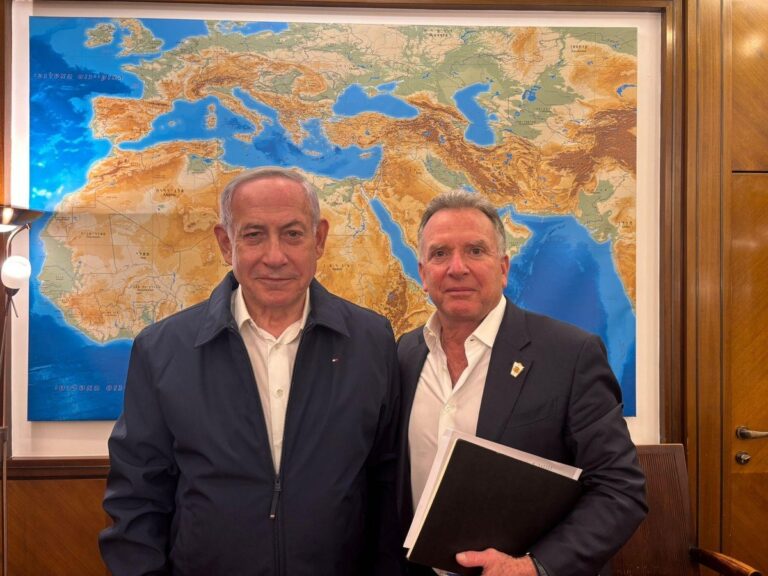 Jaroslav Achab Haidler has an ambitious project. He wants to map all the remaining 334 Jewish cemeteries in the Czech Republic and publish the archive for posterity on the web. Relatively few Jewish monuments have survived in what is now the Czech Republic.
Jaroslav Achab Haidler has an ambitious project. He wants to map all the remaining 334 Jewish cemeteries in the Czech Republic and publish the archive for posterity on the web. Relatively few Jewish monuments have survived in what is now the Czech Republic.
The combined effect of Jewish re-settlements, World War II and the Communist era left many synagogues in ruins, turned into warehouses, or simply left to fall into disrepair, overgrown with weeds.
But some have survived and, like a secret garden, they are waiting to be found and understood anew.
The Czech media have been highlighting the work of Mr Haidler, 43, director of a theatre in north-western Bohemia, who has made it his life’s work to do precisely that.
He learned Hebrew to better understand the Bible. He was also interested in symbolism and began exploring Jewish cemeteries to look for Urobor, the symbol of passing time.
He told BBC News Online that he was then captured by what he found – beauty, reconciliation, silence and especially the spirit of togetherness and mutual responsibility – not only in life but also in death.
Dr Arno Parik of the Jewish Museum in Prague said that, although the documentation of the Old Jewish cemetery in Prague began in the 19th century, nothing was added until the 1989 revolution, since when a few others had been documented.
The work is extremely time-consuming, as one has to clean the sometimes sunken or uprooted tombstones, take a photo, decipher the text and then translate it, he said.
Mr Hailder set out to create a comprehensive database. “Something or somebody was calling me, and that call was quite urgent,” he said. “When I touch the weathered stones, I think of those who left their dead here and never thought that nobody would ever come back to the Jewish cemeteries to visit them. “Nobody. Simply because there was no-one left.”
Inscriptions on gravestones or matzevot can be very simple or they can become beautiful epitaphs, poetic stories about the departed’s life. “They are also prayers to the Almighty and tantczewa – a plea and a hope that the departed’s soul may be bonded into the bond of life,” Mr Haidler said. They can tell us about the people, wars, epidemics, pogroms. They make it possible for us to reconstruct our history, he added.
“To me, photographing the gravestones and translating the texts feels like a loving celebration of life.” These cemeteries are a tremendous cultural and spiritual heritage, he said.
And so an idea was born – to make all these riches available on the web as part of project Keshet, which is Hebrew for “rainbow”. So far, Mr Haidler has been to about 200 cemeteries and documented 20.
Dr Parik said said Mr Haidler’s project was extremely demanding for one person.
But he said that whatever he was able to do in his lifetime would be valuable and would create a living link to hidden and forgotten places.
It would also be a valuable source for further historic research.
(Source BBC)











3 Responses
I have met Mr. Haidler, and for Yeshiva World readers his story is even more fascinating. He was brought up in communist Czechoslovakia by parents who did not tell him about their Jewish origins. Later, as a drama student, he constantly chose Jewish themes for his plays and his mother felt she had to tell him that they were jewish. He has tried gradually to study Torah and come closer to a Torah way of life, even though he is a prominent theater personality in the Czech republic. He greatly appreciates the chizuk he receives from frummer yidden who come to visit kivrei avos and kivrei tzaddikim.
mee kiamchoh yisroel!!
For the record, Mr. Haidler is not frum and most probably not jewish (al pi halacha). He is one of the activists of the reform movement in Czech republic.